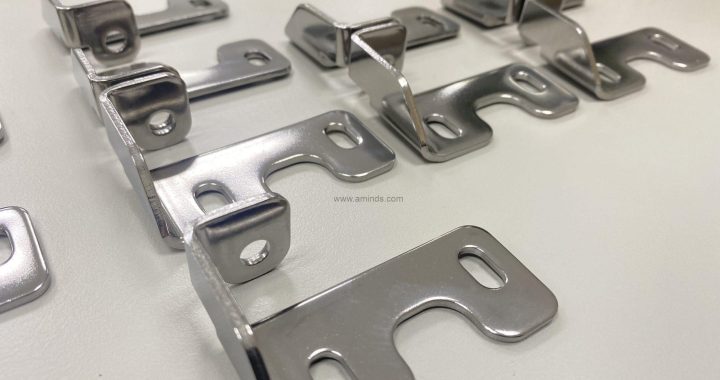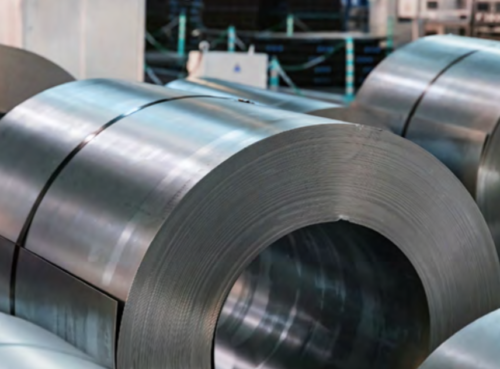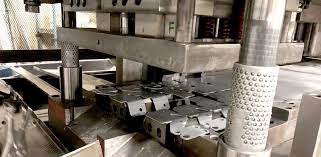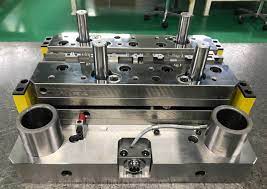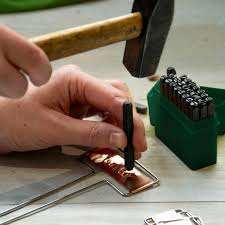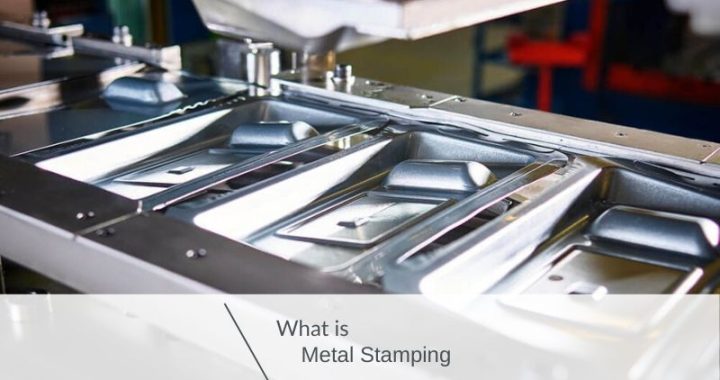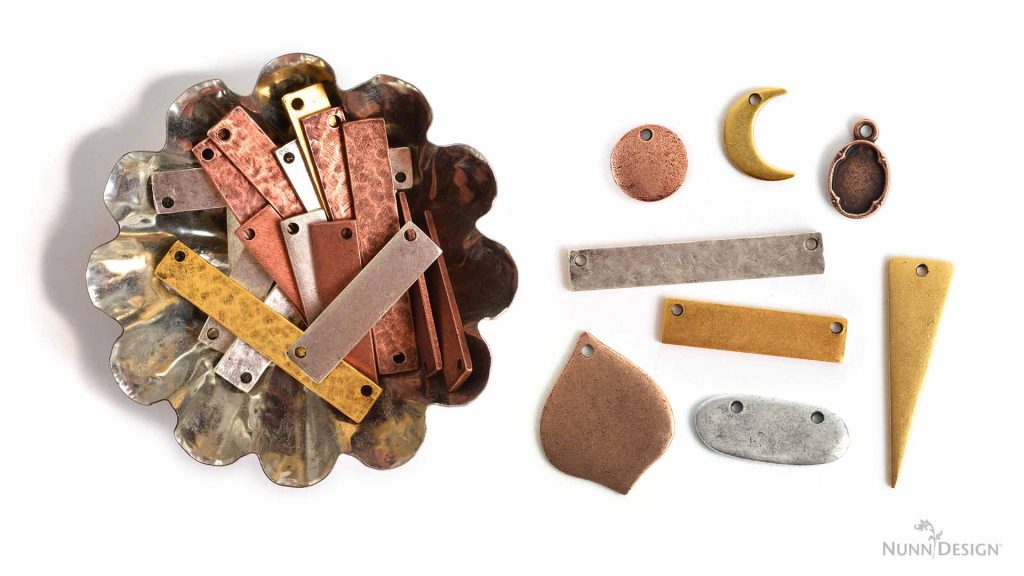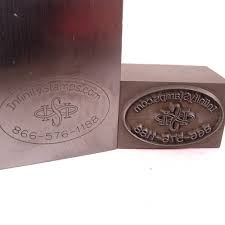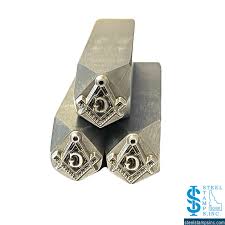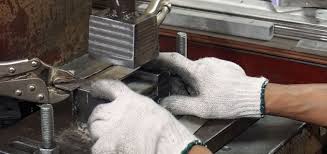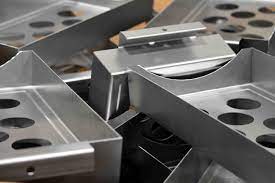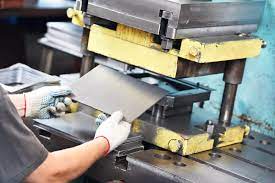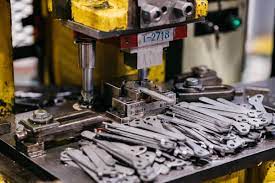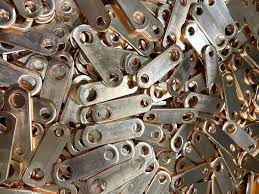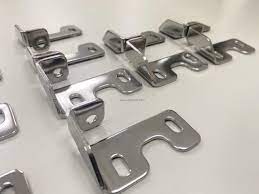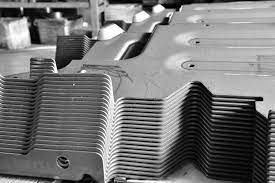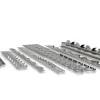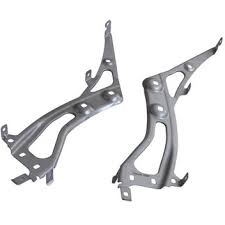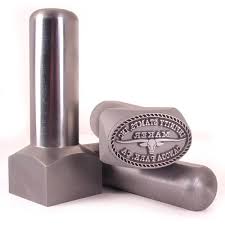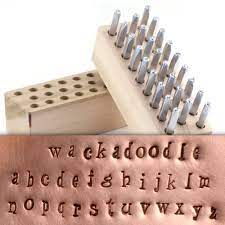Gardening is an art that necessitates both passion and the right tools. Whether you’re a seasoned cultivator or a novice, comprehending essential tools and their applications can revolutionize your gardening escapades. From fostering robust soil to nurturing vibrant blooms, possessing the right equipment is indispensable. In this comprehensive guide, explore the universe of gardening tools, their functionalities, and the significance of geotextiles in optimizing gardening methodologies.
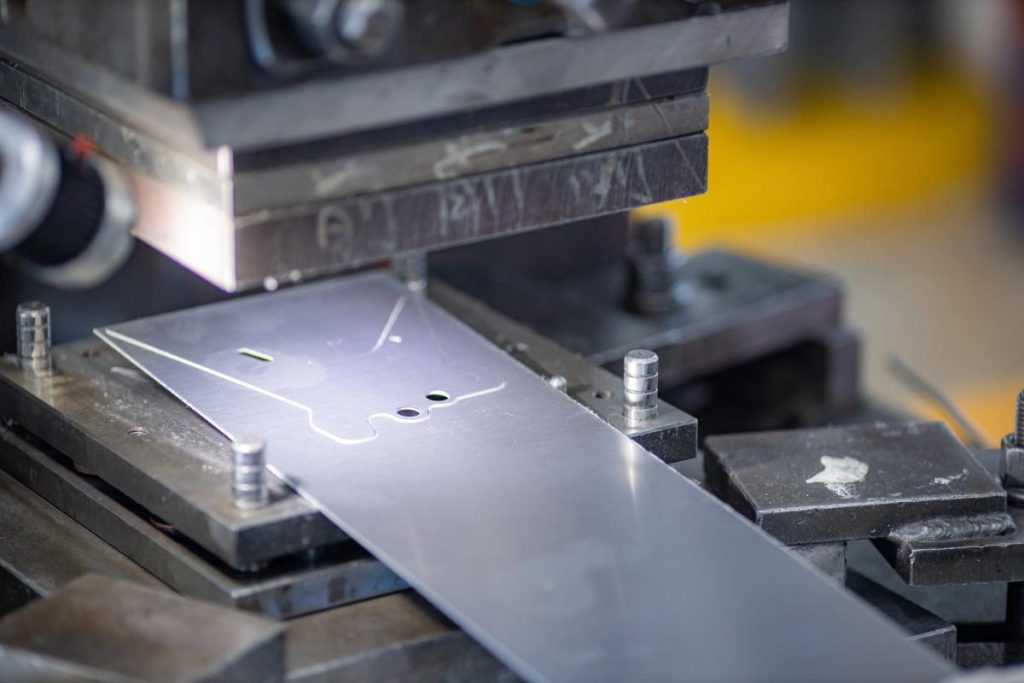
What are the quintessential gardening tools every gardener must possess?
Several pivotal tools form the backbone of any gardener’s kit:
- – Hand Trowel and Transplanting Spade: Ideal for delicate planting, transferring plants, and maneuvering in compact spaces.
- – Pruning Shears: Essential for precise trimming, shaping, and removing dead foliage to promote plant vitality.
- – Rake and Hoe: Optimal for soil cultivation, debris clearance, and maintaining orderly garden beds.
- – Watering Can or Hose: Crucial for maintaining adequate plant hydration levels.
- – Wheelbarrow or Garden Cart: Streamline the transportation of tools, soil, and plants across the garden.
How do these tools contribute to effective gardening practices?
Each tool serves a distinct role. Hand trowels and spades aid in gentle plant handling without harming roots. Pruning shears ensure plant vigor by eliminating unwanted growth. Rakes and hoes foster soil aeration and weed removal. Watering tools maintain plant hydration, while wheelbarrows and carts simplify heavy item transport.
How can geotextiles transform gardening practices?
Geotextiles, permeable fabrics, revolutionize gardening methodologies:
- – Weed Control: Geotextile fabrics beneath mulch hinder weed growth by blocking sunlight and acting as a barrier.
- – Soil Erosion Prevention: These fabrics stabilize sloped soil, preventing erosion from water runoff.
- – Moisture Retention: Geotextiles aid in soil moisture retention, reducing watering frequency and ensuring plant hydration.
- – Plant Protection: Covering delicate plants shields them from harsh conditions and pests while facilitating air and water permeation.

Are specialized gardening tools vital for specific tasks?
Specific tasks demand specialized tools for optimal results:
- – Pruning Loppers: Designed for cutting thicker branches that pruning shears cannot handle.
- – Garden Knife: Ideal for precise cutting, grafting, and harvesting.
- – Soil pH Tester: Monitors soil acidity for optimal plant growth conditions.
- – Dibber: Creates planting holes without disturbing soil structures, perfect for seeds or small transplants.
In conclusion, possessing the right gardening tools not only simplifies tasks but also elevates the overall gardening experience. Integrating geotextiles into gardening practices drastically enhances soil quality, weed management, and moisture retention. Whether you’re an amateur or an expert gardener, understanding tools and their applications is pivotal for cultivating a thriving garden paradise.
